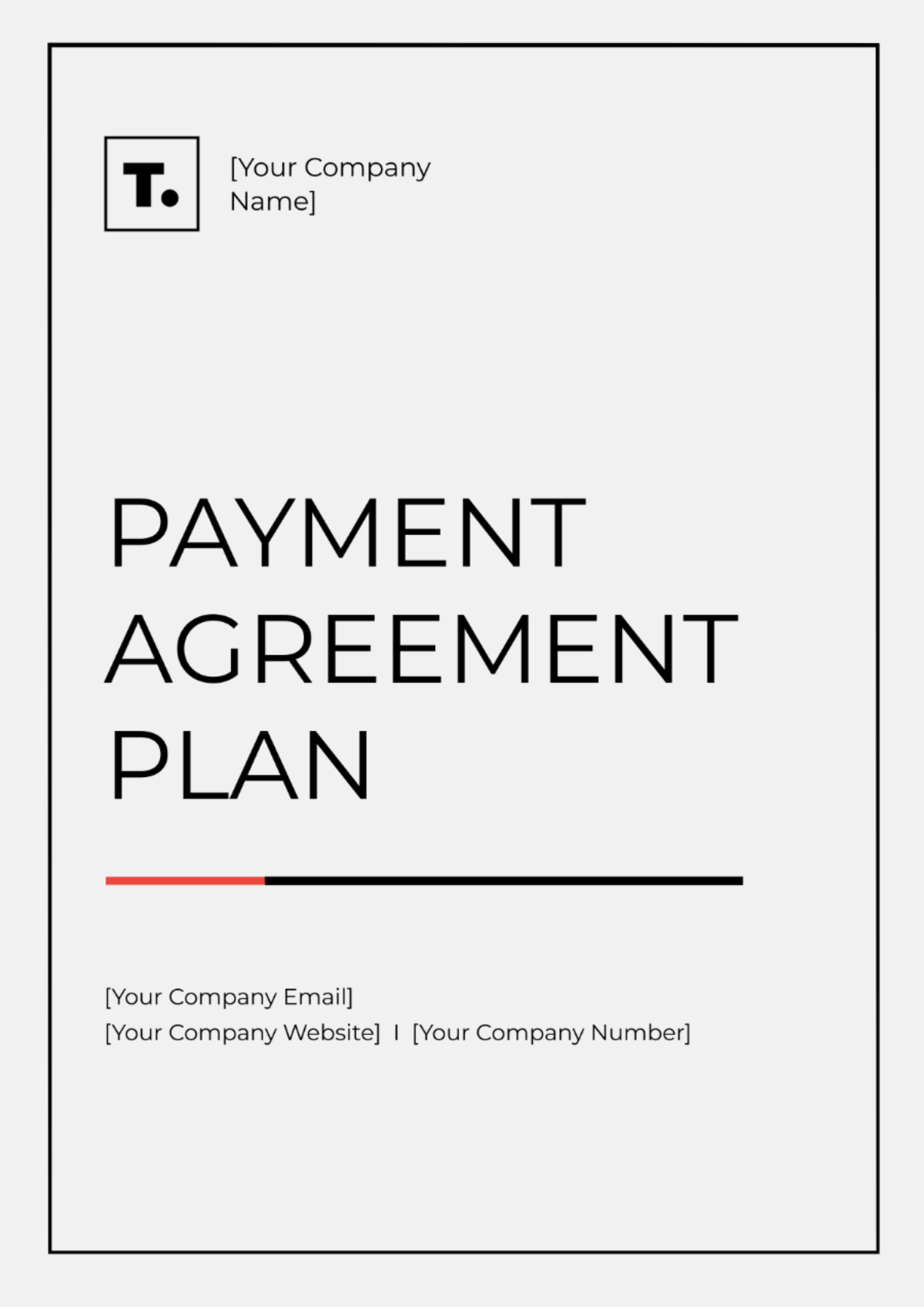When it comes to optimizing your financial strategies, understanding the nuances of payment plans can significantly enhance your returns. One often overlooked aspect is the strategic use of down payments in a phased payment agreement (PPA). By carefully planning your initial investment, you can maximize the benefits of your PPA and improve your overall return on investment (ROI). This approach not only helps manage cash flow but also ensures that you are leveraging the best terms available.
A well-structured down payment within a PPA can be a powerful tool for boosting ROI. It sets the foundation for a more manageable repayment schedule, potentially reducing interest costs over time. Understanding how to align your down payment with the terms of your installment plan can lead to significant savings and increased profitability. Let’s delve deeper into how strategic down payments can transform your PPA experience.
Strategic Planning For Phased Payment Arrangements
Phased payment arrangements, or PPAs, provide a structured way to manage large expenses by breaking them into smaller, more manageable installments. The effectiveness of these plans largely depends on the initial setup, particularly the down payment. If the down payment fails or is canceled, it can automatically lead to the cancellation of the entire PPA. Therefore, ensuring that the down payment is secure and aligned with your financial goals is crucial.
When considering a PPA, it's important to review the terms carefully. For instance, if you opt for automatic monthly withdrawals, any disruption in the payment process could result in penalties or additional fees. Understanding the implications of missed payments and having a contingency plan in place can help mitigate risks and ensure smooth execution of the PPA.
Moreover, utilizing online platforms to set up and manage your PPA can streamline the process. Many services offer long-term payment plans with minimal setup fees, making it easier to commit to regular payments without undue financial strain. By taking advantage of these tools, you can better manage your finances while adhering to your PPA commitments.
Enhancing Your Payment Plan With Monthly Installments
Choosing a monthly installment plan as part of your PPA can offer several advantages. Typically, the default setting for such plans is one payment per month, which simplifies budgeting and cash flow management. By entering the total number of payments required, the system automatically calculates the amount due each month, providing clarity and predictability.
This structured approach allows you to plan your finances effectively, knowing exactly how much you need to allocate each month. Additionally, many providers offer flexible options, such as varying the payment frequency or adjusting the payment amount, to suit individual needs. These features can be particularly beneficial if your income fluctuates or if unexpected expenses arise.
It's also worth noting that some PPAs may require a setup fee, which can vary depending on the provider and the specifics of the agreement. While this might seem like an added cost, it often reflects the administrative processes involved and can be justified by the convenience and security offered by the plan.
Avoiding Common Pitfalls In Payment Agreements
While PPAs offer numerous benefits, they also come with potential pitfalls that need to be addressed. One common issue is getting locked into a long-term payment plan with unfavorable terms, especially when there's no upfront investment. This scenario can lead to higher overall costs and less flexibility in managing your finances.
For example, some solar panel deals advertise no money down options, enticing consumers with the promise of immediate installation. However, these arrangements often involve lengthy contracts and hidden costs, leaving customers with equipment that is difficult and expensive to remove later. Being aware of these traps can help you make more informed decisions about your PPA.
Furthermore, always verify the credibility of the provider and the terms of the agreement before committing. Ensuring that all aspects of the PPA are transparent and agreeable can prevent future complications and ensure that you receive the maximum benefit from your investment.
Streamlining Online Payment Processes
Paying through online platforms has become increasingly popular due to its convenience and efficiency. To pay your installment plan online, simply follow the provided instructions, entering the defendant's name and the installment plan number where indicated. This method not only saves time but also reduces the likelihood of errors associated with manual processing.
Many online systems allow for automatic updates and notifications, keeping you informed about upcoming payments and any changes to your plan. This feature can be invaluable in maintaining compliance and avoiding penalties for late or missed payments. Additionally, electronic records are easily accessible, providing a clear audit trail of all transactions.
Despite the advantages, it's essential to safeguard your personal information when using online payment systems. Ensure that the platform is secure and reputable, and consider using two-factor authentication to protect your account from unauthorized access.
Navigating Advance Payment Requirements
In some cases, PPAs may require advance payments covering several months of premiums. This practice, although initially demanding, can lead to substantial savings over time by reducing the total number of monthly payments needed. It also provides a buffer against potential disruptions in income or unforeseen expenses.
However, it's important to weigh the benefits against the upfront financial commitment. Assess whether paying six months in advance aligns with your current financial situation and long-term goals. Consulting with a financial advisor can provide valuable insights and help you make the most appropriate decision for your circumstances.
Remember, penalty and interest charges will continue to accrue until the balance is fully paid. Therefore, staying proactive and maintaining regular payments is crucial to avoid unnecessary costs. Should you need to cancel the plan, ensure that the process is documented and communicated appropriately to avoid disputes or further charges.

